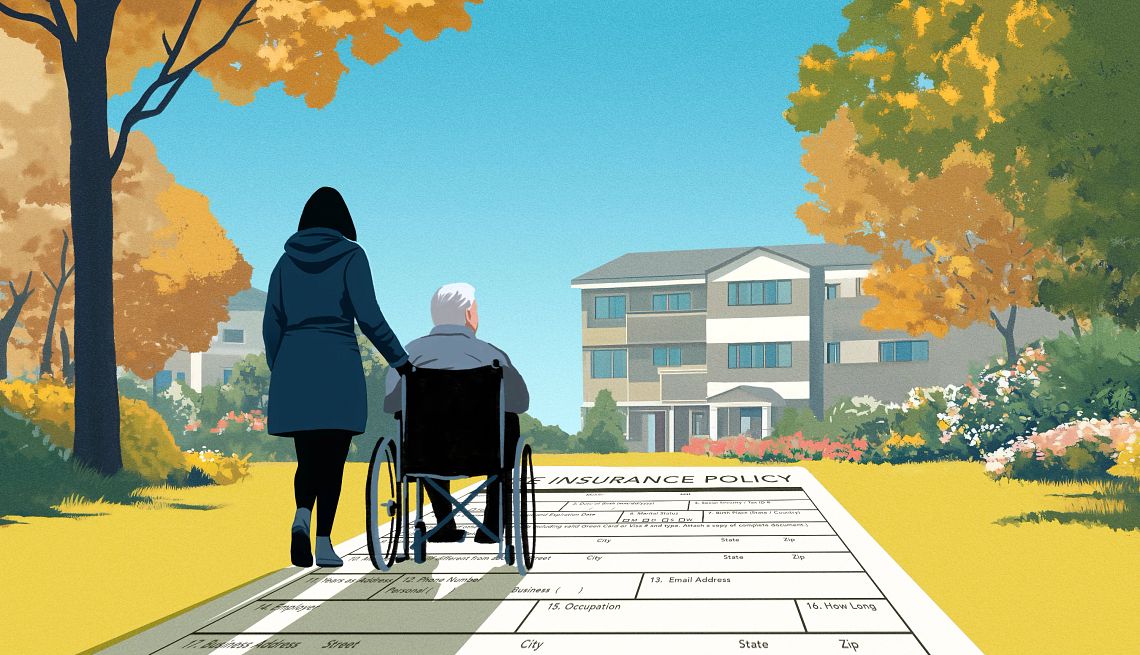AARP Hearing Center


If you own life insurance, you likely bought it to provide a payout to help support your loved ones at the time of your death. What you might not realize, though, is that your policy might be able to support you if you need long-term care.
“I often will tell clients, ‘You may have bought life insurance when your kids were young … Maybe it served you well at the time, but you could repurpose it,” says Erin Ardleigh, founder and president of Dynama Insurance, an independent insurance brokerage in New York.
That doesn’t mean that a life insurance policy should be your go-to source for covering the cost of long-term care needs. But it might be an option if you don’t have another way to pay for support when a disability, health issue or cognitive decline leaves you unable to manage everyday activities on your own.
Why you might need to rely on life insurance
Most adults 65 and older will need a form of long-term care services as they age, according to the Department of Health and Human Services. Long-term care is assistance with personal daily tasks, such as bathing, dressing and eating, and can be provided at home, in the community or a facility.
Although there are insurance products created specifically to help cover the cost of long-term care, few people own them. Only 3 percent to 4 percent of adults over age 50 have some sort of long-term care insurance policy, according to LIMRA, a trade association that conducts research for insurance and financial services companies.
Traditional health insurance and Medicare only cover short-term medically necessary care following a hospitalization — not non-skilled assistance with activities of daily living. Medicaid pays for long-term care, but you must have limited income and assets and meet other eligibility requirements, which vary by state.
If you don’t have long-term care insurance or qualify for Medicaid, you could be forced to self-fund long-term care expenses, which means drawing on whatever savings or assets you have. A life insurance policy might be among the assets you could tap.
Ways to tap life insurance for long-term care
Using any of these strategies will deplete the life insurance benefit, leaving a smaller payout or no payout at all for anyone who depends on you for financial support. “The No. 1 question to ask before you tap your life insurance policy for a long-term care use is whether the death benefit is needed,” Ardleigh says.

































































More From AARP
AARP Family Caregiving Guides
Downloadable guides to help you develop and implement a caregiving planHow to Use Your Loved One’s Long-Term Care Insurance
You can help file the claims to collect policy benefitsCan I Get Paid to Be a Caregiver for a Family Member?
5 options, including Medicaid and veterans programs, that may help alleviate the financial burden